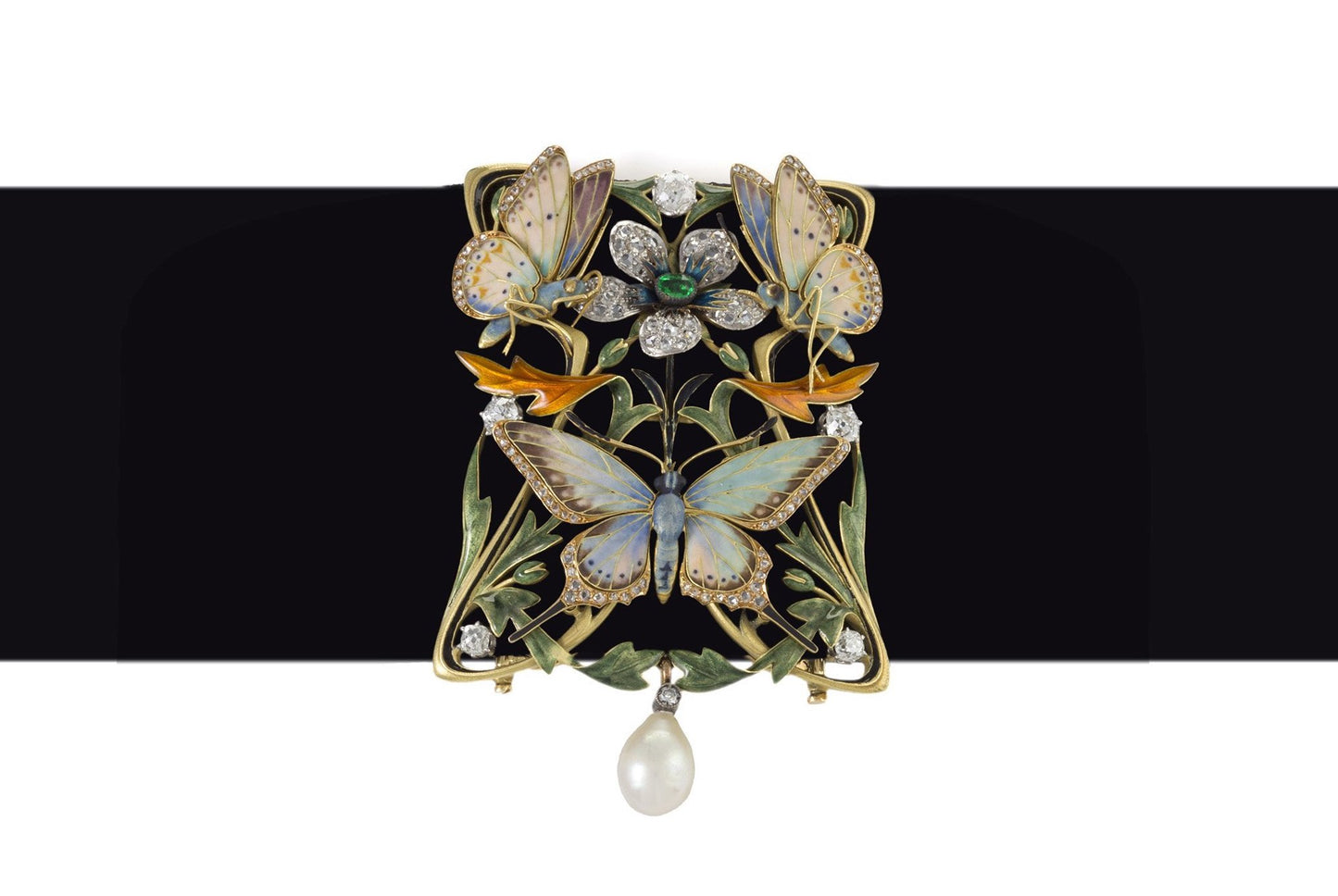Daum Nancy “Rain Scene” Cameo Glass Table Lamp
Item #: EL-16308
Artist: Daum Nancy
Country: France
Circa: 1900
Dimensions: 13.5" height, 5.5" diameter.
Materials: Cameo Glass, Bronze
Signed: “Daum Nancy” with the Croix de Lorraine
Literature: A similar lamp is featured on the front cover of French Cameo Glass by Henry and Berniece Blount. 160 pages; Publisher: Wallace-Homestead Book Company, 1st Edition, 1968.
Item #: EL-16308
Artist: Daum Nancy
Country: France
Circa: 1900
Dimensions: 13.5" height, 5.5" diameter.
Materials: Cameo Glass, Bronze
Signed: “Daum Nancy” with the Croix de Lorraine
Literature: A similar lamp is featured on the front cover of French Cameo Glass by Henry and Berniece Blount. 160 pages; Publisher: Wallace-Homestead Book Company, 1st Edition, 1968.






















